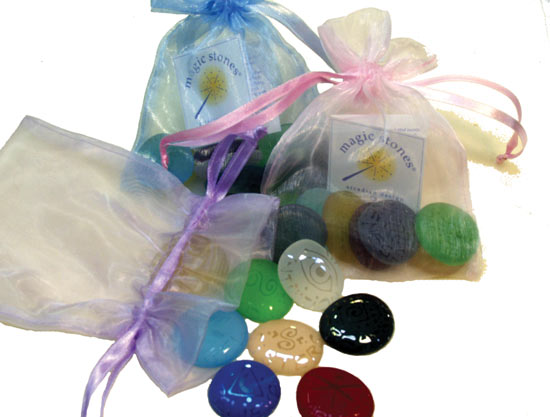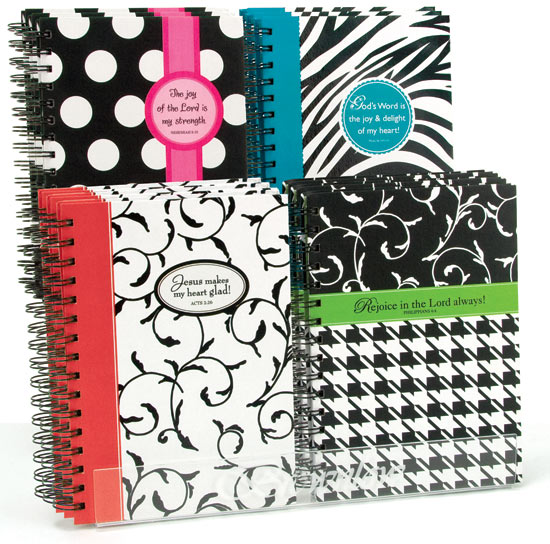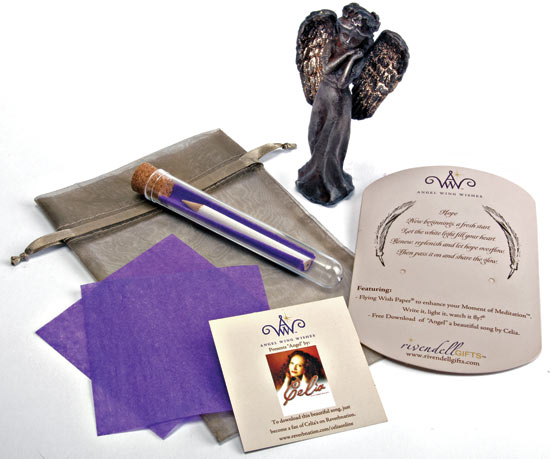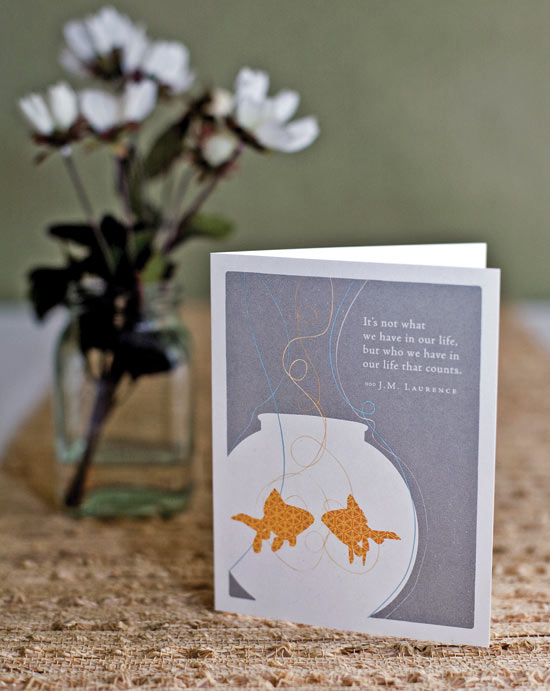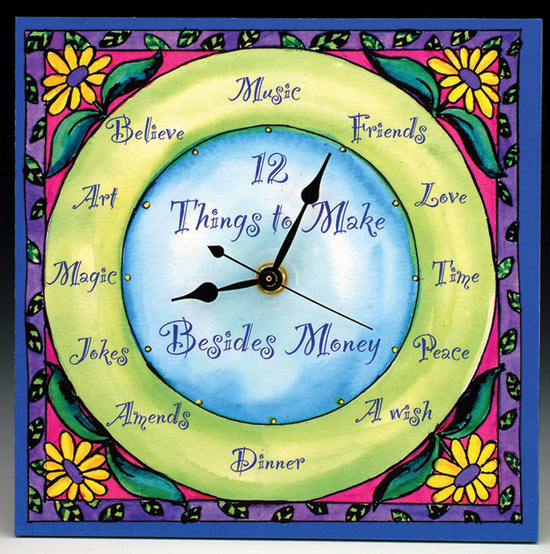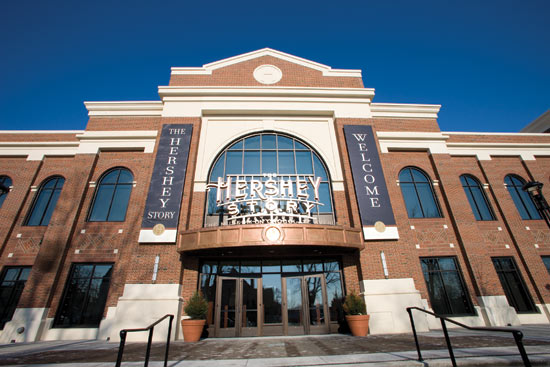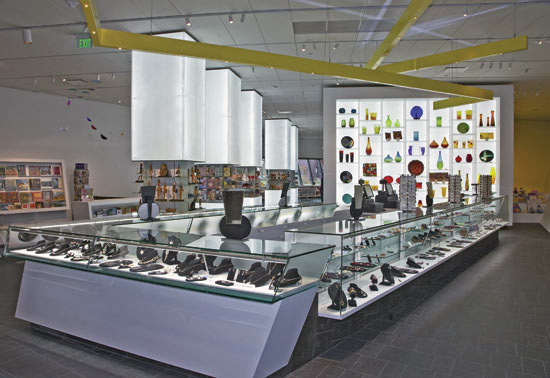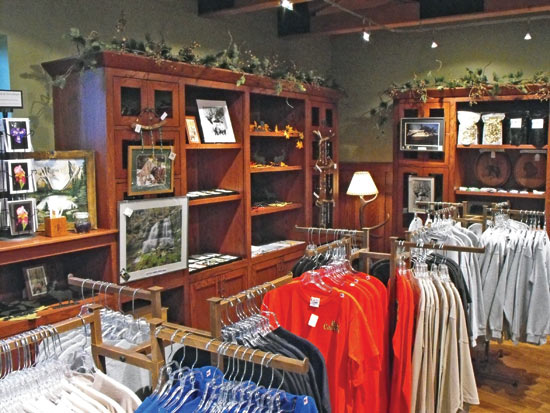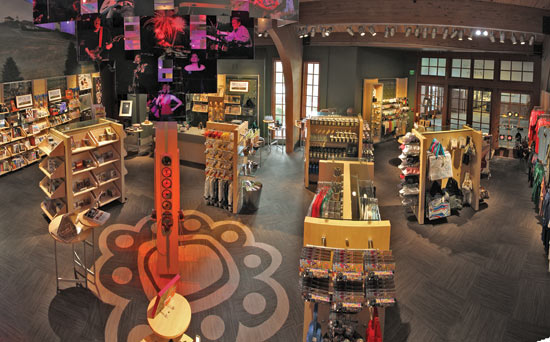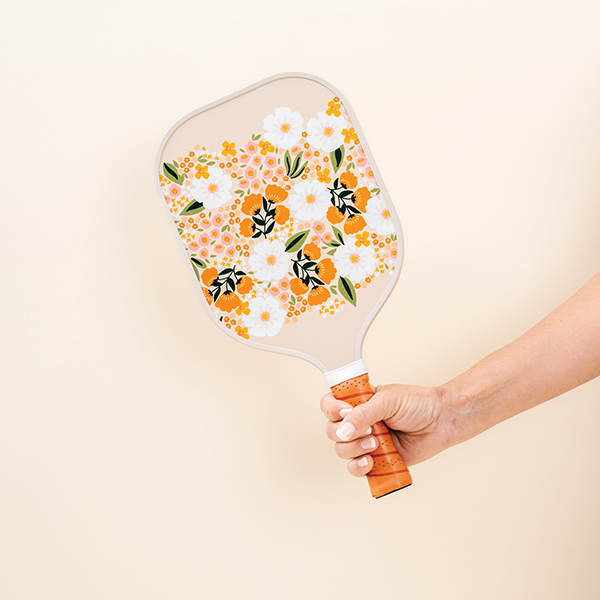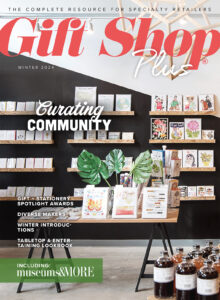Exhibit A: The Museum Store
By the Numbers
$215,026: median net sales for museum stores
$637,357: mean net sales for museum stores
1,000: median size of museum stores, in square feet
86,255: median annual museum attendance
$214: median net sales per square foot
Source: Museum Store Association survey, based on 439 member stores
Haley Shapley
Museum gift shops have a set of operating conditions all their own—constantly changing exhibits and inventory, finding just the right products to tie in with the museum’s mission and even staffing challenges. Find out how today’s museum stores are thriving in a dynamic retail environment.
People visit museums for all kinds of reasons — to take a step back in time, appreciate art or find out more about creatures large and small. Despite the disparate agendas of visitors, one thing unites them all: an interest in learning. One thing the museums hope they also share? An interest in buying.
That’s where museum stores come in. The profits they earn usually help fund their host institution, making them a critical part of a museum’s operations. The numbers prove that they are no slouch when it comes to sales—the Museum Store Association, a group for retail professionals at cultural institutions, reports annual net sales as high as $8.2 million for a member store.
On a mission
A museum store is different from other shops in that it has a more narrowly defined purpose. “A traditional gift shop creates its own theme and own product mix to go along with that theme; a museum store is really pretty much tied to the mission of the museum and the collection they represent,” says Greg McKay, shop manager at the Denver Art Museum. “You don’t have quite as much flexibility with merchandise, but it gives you the opportunity to really focus on that mission and the collection.”
Focusing on the institution’s collections isn’t just a nice thing to do—it’s usually imperative. “The vast majority of museums are nonprofit organizations, and part of the nonprofit status includes a tax code, UBIT (unrelated business income tax). You don’t have to pay income tax on revenue generated by products tied to the mission of the museum,” says Andrew Andoniadis, a museum store consultant and designer based in Portland, OR. He adds, “it’s better for the store to stay under the rules and regulations of UBIT so as not to jeopardize their nonprofit status.”
A limited audience
Because “most museums certainly don’t have the kind of foot traffic that a well-located store in a mall or vibrant downtown area has,” according to Andoniadis, museum stores have to work hard to catch each person who comes through the door. While there are some exceptions—like The Met in New York, which has satellite shops in a number of high-traffic locations — 94 percent of museums only have stores on-site, reports the Museum Store Association, making the museum visitors the primary sales target.
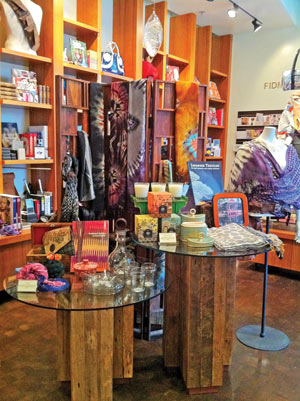 The demographics of visitors varies based on subject matter and location of a museum, but Larry Fisher, a consulting museum planner and designer based in Bristol, RI, says museum store shoppers can be broadly categorized into three groups: the tourist, the enthusiast and the impulse buyer. Field trip-friendly places especially attract the impulse shopper. Of his time being involved with an aquarium, Fisher says: “It would always astonish me how school groups would come and the kids would go in and they would just clean the place out right up to the limit of whatever their parents had given them to spend.”
The demographics of visitors varies based on subject matter and location of a museum, but Larry Fisher, a consulting museum planner and designer based in Bristol, RI, says museum store shoppers can be broadly categorized into three groups: the tourist, the enthusiast and the impulse buyer. Field trip-friendly places especially attract the impulse shopper. Of his time being involved with an aquarium, Fisher says: “It would always astonish me how school groups would come and the kids would go in and they would just clean the place out right up to the limit of whatever their parents had given them to spend.”
Controlling inventory
Inventory management is an issue for any kind of store, but when you throw a museum’s rotating exhibits into the mix, the task is all the tougher. Planning what to buy to complement a topic the museum may not have hosted before requires a lot of experimentation and intuition, and there’s always the risk that items will be left over once the exhibit has left the building.
At the FIDM Museum Shop in Los Angeles, director of museum shop operations Yaras has the challenge of merchandising 400 square feet to cater to both the students on campus, whose tastes are trendy and often budget-conscious, and the traditional museum-goers, who are a bit older and more traditional. Juxtaposing vintage jewelry that ties in to a historical clothing exhibition with plates designed by a tattoo artist isn’t easy, but Judy Yaras works around it by creating vignettes throughout the store to tell a number of stories related to the museum’s focus on subjects like fashion, Hollywood and textiles, while keeping a cohesive feel to the space.
Another issue for museum stores is balancing the products that need to be in the store with the ones customers want. For instance, there might be a book that encapsulates the museum’s mission perfectly but moves slowly. That can lead to tough decisions about what should stay and what should go. “The rate of turnover in museum stores generally doesn’t follow the same cycles or same speed as commercial retail,” Fisher says. In commercial retail, “if you had a book that didn’t turn in a year, you just wouldn’t sell the book.” For a museum store, it’s not as simple.
An extension of the museum
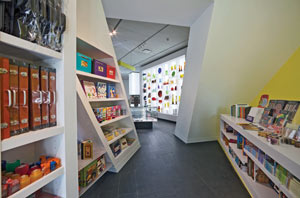 To be a store located in the exit path or not to be—that is the question. And each museum works out the answer for itself.
To be a store located in the exit path or not to be—that is the question. And each museum works out the answer for itself.
“The strategy of funneling people through the gift store made popular by Disney World years ago has become a necessary evil,” Walsky says. “There is an art to doing it well; a great museum gift shop is an extension of the museum itself. Whether or not there is some kind of door, threshold or entryway that actually separates the store from the exhibits, you want patrons to be completely oblivious to that separation.”
Andoniadis, on the other hand, urges his clients to consider putting the store on the right-hand side just before leaving. “To me, forcing people to go through a store when they’re exiting a serious museum is a very commercial end to a museum visit,” he says. “It puts quite a bit of strain on the store to have people going through who are not interested in buying, and the people who are serious about buying are disturbed by people going out.”
The Museum Shop at The Hershey Story in Hershey, PA, has a residential feel similar to the museum, and features a section in the back with lots of books and a seating area so guests can come in, learn more, and peruse for as long as they want. “It’s a place where if you enjoy the story, you can easily spend more time in our store,” says Erin DeLoach, managing director of retail for Hershey Entertainment & Resorts. According to Fisher, this type of setup in a museum store where you have a “store-within-a-store” and perhaps an attached café is a relatively new concept that’s increasing in popularity as museum stores capitalize on the social nature of their business.
Most important, a congenial environment that’s evocative of the museum is the best way to extend a visitor’s experience and inspire buying. At the Museum Shop at Bethel Woods, the music of Jimi Hendrix, Janis Joplin and other iconic musicians from the 1960s is always playing. At the Elk Country Visitor Center shop in Benezette, PA, which Fisher designed, the timber frame arts and crafts aesthetic from the museum is carried through, with fabricated custom fixtures that look like pieces of furniture. A store is ultimately commercial, but it doesn’t have to feel that way.
“One of the things I’ve been observing a lot is putting exhibition materials in the stores,” Fisher says. “You may see a piece of art or an artifact displayed in the store now, but as an extension of the educational mission of the museum.”
A noble venture
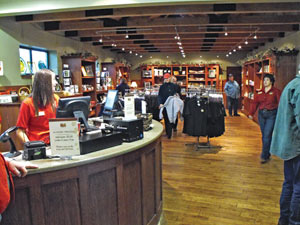 To hook everyone who comes in the door, successful museum shops offer pieces that aren’t run-of-the-mill. DeLoach says most of the items at Hershey are ones you can’t get elsewhere. “People expect higher quality than most gift stores,” she adds.
To hook everyone who comes in the door, successful museum shops offer pieces that aren’t run-of-the-mill. DeLoach says most of the items at Hershey are ones you can’t get elsewhere. “People expect higher quality than most gift stores,” she adds.
Fisher agrees that offering one-of-a-kind product is a great way to tug at the heartstrings—and purse strings—of a museum visitor. He points to the Mystic Seaport Museum Store in Mystic, CT, as an excellent example of this, positioning itself as a leader in maritime goods, with an exclusive selection of books, art and other items. “There’s an audience out there of American maritime enthusiasts, and you basically can’t get the products Mystic Seaport offers anywhere else, at least not with ease,” Fisher says.
Those kinds of interesting products mixed with a healthy dollop of good design, a dash of great customer service and a pinch of clever inventory control is the recipe for a top-notch retail operation. “There’s a big myth that museum stores are dead,” DeLoach says. “As long as you have a sense of place and you’re unique and you stay true to the museum, you can have a successful store.”
And while shops connected to museums do have a set of circumstances unlike others, when the registers are closed and the lights turned off at the end of the day, it’s a store just the same. “Retail is retail, it’s just that we have the great opportunity to be connected with an institution that our endeavors help support,” McKay says. “It’s a little bit more of a noble venture.”
Mouse over images below to view.
